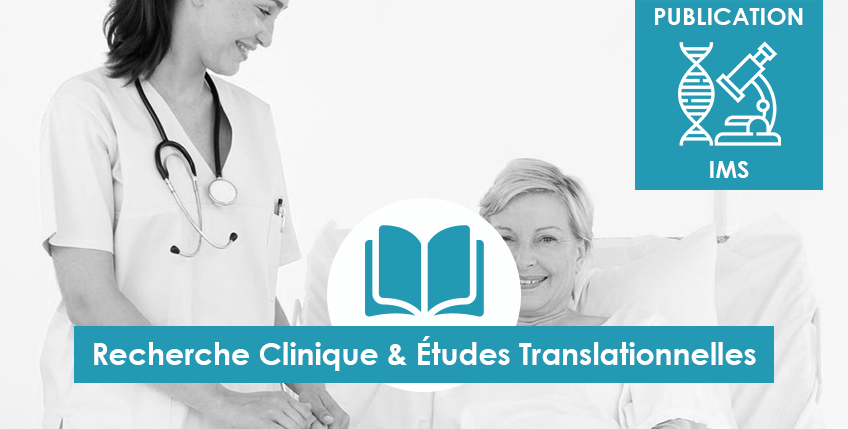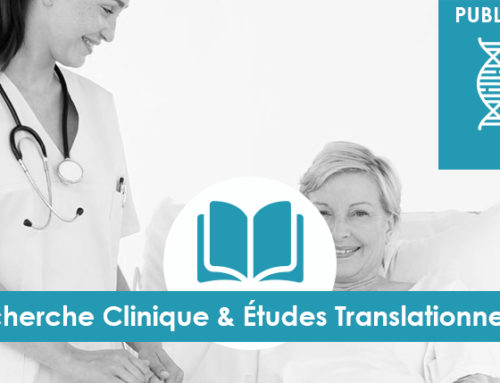MRI assessment of surrounding tissues in soft-tissue sarcoma during neoadjuvant chemotherapy can help predicting response and prognosis.
European journal of radiology, Dec 2018
Crombé A, Le Loarer F, Stoeckle E, Cousin S, Michot A, Italiano A, Buy X, Kind M.
Eur J Radiol
doi: 10.1016/j.ejrad.2018.11.004
https://www.ncbi.nlm.nih.gov/pubmed/?term=10.1016%2Fj.ejrad.2018.11.004
Abstract
OBJECTIVES :
To determine if changes in surrounding tissues of soft-tissue sarcomas (STS) evaluated by MRI during neoadjuvant chemotherapy (NAC) are associated with the histological response and satellite tumorous cells beyond the pseudocapsule on surgical specimen, disease-free survival (DFS) and overall survival (OS).
METHODS :
Fifty-seven adult patients with locally advanced high-grade STS of extremities and trunk wall were included in this single-centre retrospective study. All were uniformly treated by 5-6 cycles of anthracycline-based NAC, curative surgery and adjuvant radiotherapy and had available MRI with a gadolinium-chelates administration at baseline and after 2 cycles. Thirty-seven patients also had a pre-operative MRI. Two senior radiologists evaluated MRI growth pattern, oedema, contrast-enhanced oedema, aponeurotic enhancement, and their qualitative changes during NAC. An expert pathologist reviewed all surgical specimens. A good histological response was defined as <10% viable cells. Associations with pathological findings were estimated with Fisher and Chi-square tests and multivariate analysis with binary logistic regression. Survival analyses included log-rank tests.
RESULTS :
Forty-two patients had poor responses and 25 had satellite tumorous cells on surgical specimen. Changes in surrounding oedema and in contrast-enhanced oedema were associated with responses (p = 0.008 and 0.011, respectively). Diffuse infiltrative growth pattern (IGP) on baseline MRI, changes in margin definition and in contrast-enhanced oedema at early evaluation were associated with satellite tumorous cells (p = 0.039, 0.011 and 0.009, respectively). Diffuse IGP on baseline MRI and stable or increased oedema during treatment were predictors of DFS (p = 0.009 and 0.040, respectively).
CONCLUSION :
Surrounding tissues of STS during NAC should be carefully evaluated as they may steer treatment efficacy and patient prognosis.




